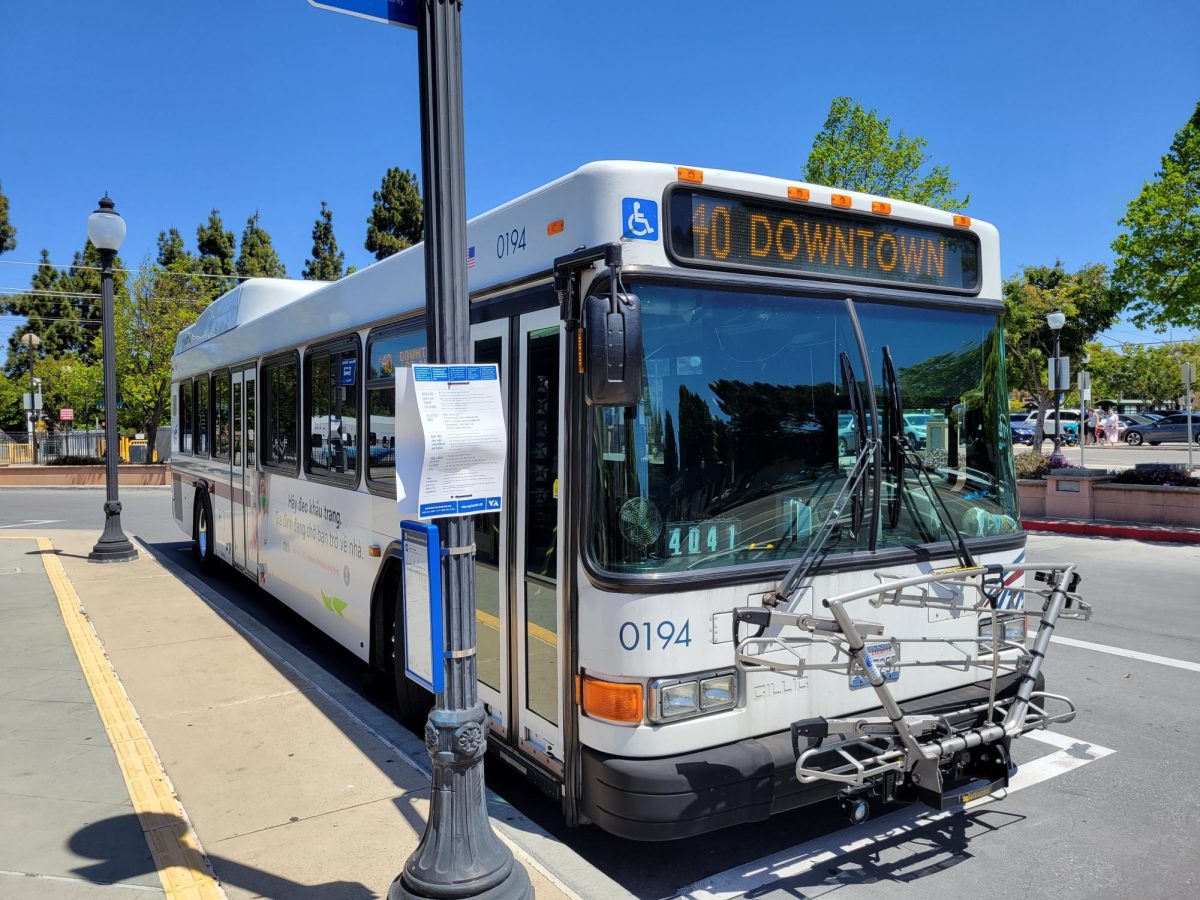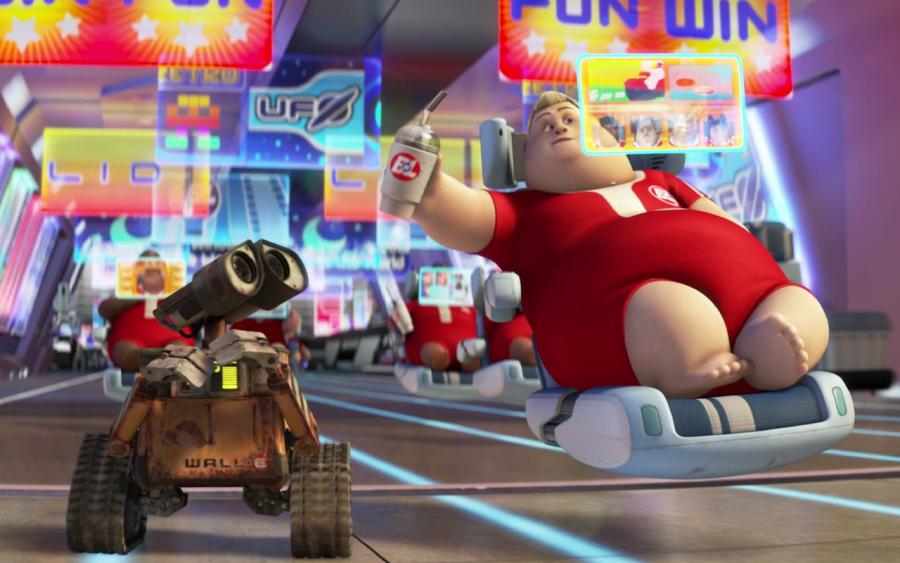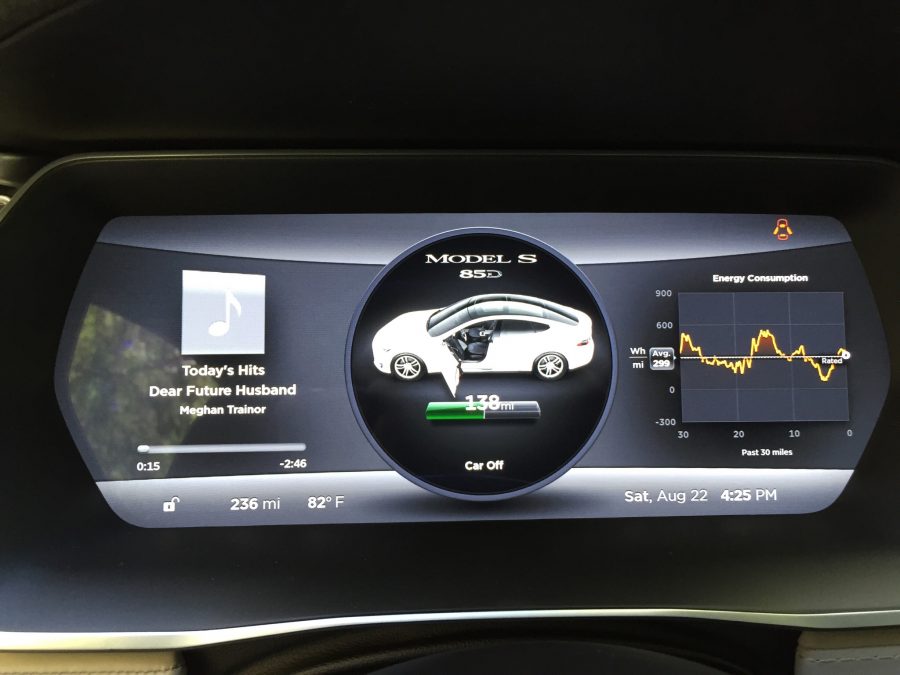Charging Up: Tesla’s Position Strengthens
April 14, 2017
Climate change creates pain that is both acute and chronic for humans. Some level of crisis and disaster will befall humanity– indeed, most climate researchers are in accord that climate change is already having tangible impacts on human lives. Reducing carbon emissions– even dramatically– would not prevent large catastrophes from wreaking havoc on communities globally. Sadly, there is no silver bullet to prevent the full-blown nightmare scenario of extreme warming. Therefore we must ‘Enjoy the pain that you can’t avoid’. Tesla applies the spirit of this message by combining luxury and comfort with environmentally sound design. The best way for us to deal with many of the unavoidable impacts of climate change is to appropriately balance comfort and style with cuts in carbon emissions . One answer is in the creation of low- or no-carbon transportation which will incrementally reduce the level of climate change. According to Renault-Nissan, conventional automobiles are responsible for 15% of manmade carbon dioxide emissions worldwide. Innovation in battery technology would have spillover impacts in the renewable energy markets which also will likely come to depend on battery technology. Furthermore, electric vehicles emit zero carbon dioxide while driving and can be recharged by 100 percent renewable energy sources. In recent years, demand for low-carbon vehicles has shot up. Now, every three minutes in 2016, someone buys another electric vehicle. In Europe, drivers can cut in half their environmental footprint by driving an electric vehicle. Because of transportation’s heavy carbon footprint and the spillover impacts on renewable markets, it is crucial to scrutinize the industry of electric vehicle to understand what works and what doesn’t in reducing carbon emissions. Therefore, in this essay, the industry will be analyzed using Harvard economist Michael Porter’s five forces market analysis focusing on Tesla. First devised in 1979, this analysis has become a staple of the microeconomic elite and Porter himself is now a prominent Harvard Business professor.
Before applying Porter’s five forces analysis, one must examine the positive impacts of electric vehicles and technological innovations. According to the College of Engineering at Carnegie Mellon University, transportation and electricity generation account for almost 60 percent of greenhouse gas emissions in the United States. Moreover, the United States imports 9 million barrels of oil per day, 70% of which is consumed by the transportation sector. Vehicle electrification could decrease the imports of oil and reduce greenhouse gas emissions by using clean technologies. Tesla Motors uses a lithium-ion battery and thereby improves mileage more than 3 times the industry standard, spurring innovation in battery technology. In order to make its products more competitive, Tesla has needed to install charging stations for its vehicles, equipped with a battery pack and a solar power array. By fueling demand for solar panels and batteries, it helps to drive competition in these sectors, thus compelling companies to create more effective and affordable solar panels and batteries. To bring down costs further, Tesla has established the ‘Gigafactory’ to create an economy of scale. The Gigafactory is also run almost entirely by solar energy. Consequently, Tesla Motors is becoming an incredibly efficient car manufacturer through vertical integration while pursuing a valuable social objective in reducing carbon emissions.
The first force, the threat of new entrants, is rather high. This typically threatens the market leader– in this case Tesla– but because of the increase in innovation due to competition, this is good for emissions reduction. One reason market entry is relatively easy is that Tesla has opened its core patents to the public. As a result, other companies do not need to finance as much R&D or fear a lawsuit by Tesla. Thus, potential competitors can easily replicate and improve upon the existing product. Moreover, consumers’ awareness of climate change has given rise to the large demand for environmentally friendly vehicles and this ultimately makes it enormously attractive for other manufacturers to enter the market. Chevy’s Volt, Nissan Leaf, Ford’s Focus Electric are examples of mass-market electric vehicles (EVs). However, Tesla’s specialization in EV and battery technology gives it a crucial competitive advantage over other automobile manufacturers. Since Tesla was founded in 2003, the company has curated its image and now it is considered dominant in the EV industry which makes it difficult to dislodge.
Yet the recent entries into the market don’t constitute perfect substitutes for Tesla’s vehicles. The unique combination of fully electric high-performance vehicle and charging infrastructures puts Tesla in a superior position. That is because it helps not only consumers lower their gas costs, but also achieve greater horizontal integration to gain control within the EV industry. In the middle-sized EV market, cars such as the Ford Focus Electric and the Nissan Leaf lack the horsepower and luxury of the Tesla. In this way, Tesla competes in a market for “luxury electric cars” — a market currently composed of one firm. A consumer looking for an electric vehicle is likely to consider other factors like comfort, style, and safety. Tesla’s cars beat the others in the market by a mile (its range beats it by over 100 miles, in fact) its Model S earned an unprecedented score of 103 out of a possible 100 from Consumer Reports, a ratings agency. By the time other companies introduce similarly high-quality electric vehicles, Tesla’s market dominance will likely have granted it significant staying power. Yet, this market dominance is shaky– underpinned by consistent manufacture of quality vehicles. In October 2016, the carmaker received relatively poor marks from Consumer Reports due to its Model X’s poor reliability and its stock fell precipitously in response. Tesla’s market dominance depends upon its consistent delivery of quality products.
Additionally, vehicle manufacturers targeting the full-sized electric vehicle market, such as Daimler-Benz and BMW are in the process of developing electric sports vehicles. The industry benchmark — the Tesla Model S — is set very high (thanks in part to that 103 rating), making it difficult for other firms to remain competitive after entering the market. Although high-performance hybrids exist on the market — like the BMW i8 — the hybrid vehicle market acts as imperfect substitutes in that consumers would sacrifice carbon efficiency for improvements in luxury only on the margins. Consequently, it does not appear that Tesla will face much direct competition in the market in the short term, especially in fully electric performance vehicles. Thus, the model it sets as a firm is pivotal in shaping the future of the market.
While some market forces favor Tesla, others do not. The bargaining power of suppliers, for example, is extremely high. This is not necessarily a bad thing. Although this disadvantages Tesla, the competition drives research and innovation helping to bring down the price of batteries and increase efficiency. Tesla uses approximately 2000 components, which are purchased from over 300 different suppliers worldwide. According to Jon Bereisa, a president and CEO of Auto Lectrification, the raw materials cost for today’s lithium-ion cell chemistries is $160 per kwh. This can account for around 50 percent of car costs, if you assume a conventional 40-percent supplier markup. These various cost estimates cover only the materials and labor costs of the cells and packs, and do not include any overhead, capital investment, and the many other costs required to operate a car company. However, since the batteries and necessary components comprise such a large percentage of the car’s cost the bargaining power of the suppliers is extremely high. High prices are protected by a highly concentrated market. Few firms can develop them efficiently — giants like LG CNS, Samsung SDI, and Panasonic are dominant. However, Tesla is beginning to manufacture its own batteries which would drive competition in that market. Tesla would no longer need to buy from the highly concentrated battery market.
The fourth force, the bargaining power of buyers of Tesla vehicles is low in both business-to-business and business-to-consumer commerce. This is in part because, in addition to being a buyer for parts of consumer vehicles, it is also an emerging supplier of components for other car companies. Its tech is among the most advanced, giving it an often decisive edge. Tesla requires Panasonic’s expertise to develop and manufacture batteries which are then sold to other car manufacturers. Supplying these companies plays an important role in buyers’ overall profits– Toyota’s and Daimler’s electric and hybrid vehicles often depend on the supply from Tesla, putting it in a strong bargaining position. On the other hand, in consumer sales, Tesla placed itself in a unique niche market with limited competition by combining luxury with low-emissions. With its high-priced (up to $90,000 a pop) flagship Model S, Tesla focuses on relatively high-income customers. Thia means that it has strong bargaining power over buyers because an increase in market prices will not have a strong effect on the market demand: demand looks to be relatively inelastic.
Market forces are not alone in favoring electric vehicle manufacturers like Tesla. Government programs to lower carbon dioxide in the form of tax deductions stimulate the demand for electric cars in the private sector. For example DC subsidizes electric vehicle purchases with a $7,500 tax credit. Furthermore, California provides consumers who purchase EVs with a $2,500 rebate. Tesla’s website states that “many states also offer non-cash incentives, such as carpool lane access in California and free municipal parking.” Thus, it is clear that Tesla and the electric vehicle industry have become more attractive over time not only by market forces but also by government support.
The fifth force, competition, may not be high now but could hit zero to 60 fairly quickly. Few firms have plunged into the electric vehicle market, although many traditional manufacturers have gotten their toes wet. A more competitive market cuts cost by forcing companies to think about market share and encouraging more efficient ways of rolling out products. At present, Tesla is the sole automobile manufacturer that produces only EV models. However, due to its high sales volumes, the market has become more and more attractive in the last few years and has been expanding fast. Accordingly, other automobile producers are investing into research and development in electric vehicles to grab their piece of this unexpectedly large pie. Climate awareness and the rising incomes of a more environmentally conscious generation should make make the electric vehicle market more profitable. The big automobile manufacturers, such as Audi, Volkswagen, and BMW, have recently entered the market and introduced their environmentally friendly cars. Thus, within a few years, rivalry among existing firms is likely to be more intense.
In conclusion, the electric vehicle industry has a pivotal role to play in reducing carbon dioxide.. Whether Tesla’s promise to, as their slogan depicts; ‘prolong the life expectancy of the earth,’ pans out, the cornerstone to cope with climate change should be established from looking at the electric vehicle industry by means of these five market forces. If the goal is more innovation and more affordable eco-friendly products to cut back carbon dioxide, the future looks bright.





















































































